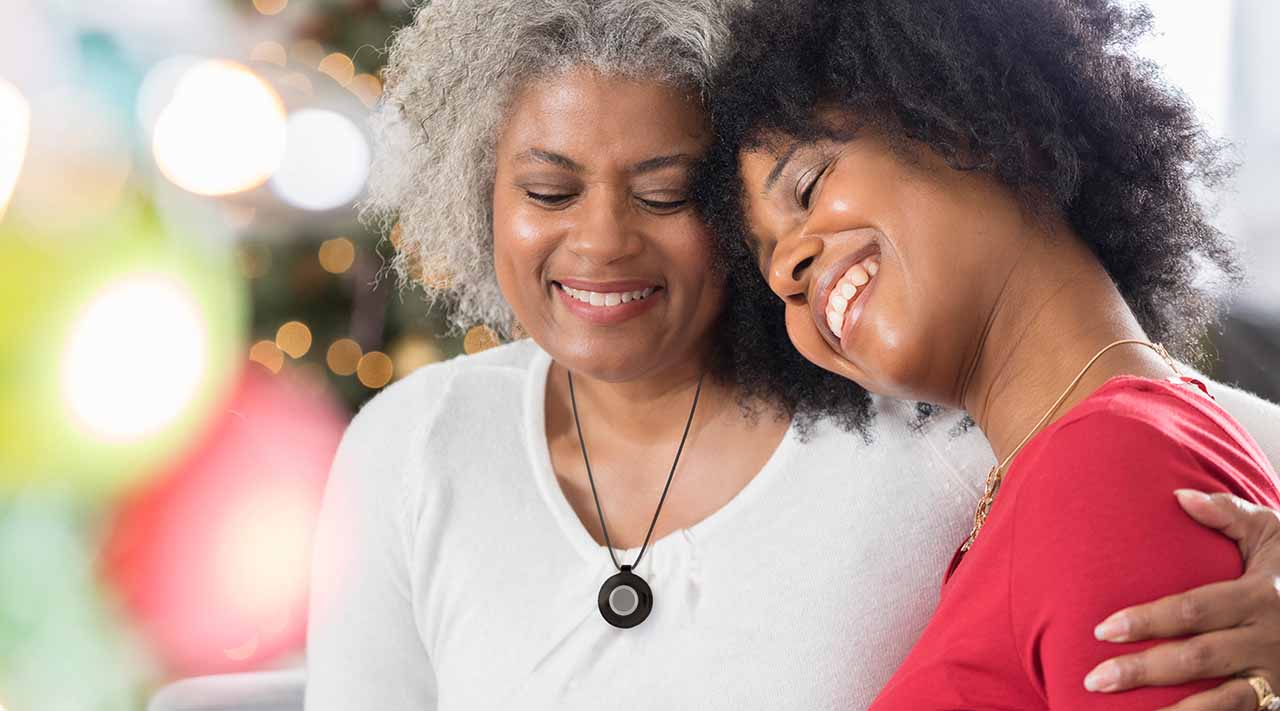According to AARP, nearly 90% of Americans 65 and older wish to remain in their homes for as long as possible. The benefits of aging in place are numerous and include enhanced quality of life, personal independence and living in a safer, healthier, more familiar environment. With the average cost of care ranging from $18,720 for adult day care services to $100,375 for a private room in a nursing home, the decision to age in place also has significant financial benefits.
The soaring costs of facility care, combined with the increasing rates of seniors who prefer to age at home, have driven innovation in technology. Today many of these technological advances provide older adults with the opportunity to age safely at home and even avoid or delay nursing home decisions.
From telemedicine and remote patient monitoring to medication management and medical alert devices, technology has evolved for seniors making aging in the home easier while improving well-being, health and safety. The explosion of new technologies and devices can improve the quality of life for aging adults while providing peace of mind for caregivers and loved ones. Below are just a few ways that technology is helping seniors age in place.
5 Ways Technology is Helping Seniors Age at Home
Helps Seniors Keep a Social Connection
Social isolation and loneliness are two of the most significant health problems facing seniors today. However, there are many devices, apps and programs that can help seniors stay connected to family and friends.
Video chat technology such as Zoom, Skype and Facetime allows seniors to stay in touch with their friends and loved ones while helping to reduce feelings of isolation and loneliness. In fact, older adults who use video chat have shown lower risks of depression than those who do not. Video chat is also helping many seniors cope with the challenges of the pandemic. Video chat and social media are helpful tools that support a stronger sense of connection while maintaining relationships.
Helps Maintain Fitness and Wellness
Exercise and physical activity are an essential part of maintaining health and wellness, especially as we age. There are numerous apps, fitness tools, games and wearable devices that can help seniors engage in the many benefits of exercise. From sports games such as Nintendo’s Wii to wearable devices like Fitbit, seniors can keep track of their physical activity and set personal fitness goals while having fun in the comfort of their homes.
Helps Keep Seniors Safer
Technology is also keeping seniors safer at home. Devices such as Medical Alert allow a user to call for help with the simple push of a button. This easy-to-use technology provides seniors with a cost-effective solution that delivers 24/7 access to security, assistance and care. Whether in their homes or on the go, Medical Alert Devices can give seniors and families the peace of mind knowing they can get help in any situation. Since this industry is considered “essential” during the COVID-19 crisis, monitoring and service centers have been open and available throughout the pandemic.
Helps Monitor and Manage Health
There are many new and emerging technologies available that can help monitor and manage an individual’s health while bridging the gap between clinicians, patients and caregivers. Below are just a couple of examples:
- Medical Alert systems allow peace of mind to the caregiver while allowing your loved one to live a more independent life. If they do need help all they need to do is press a button and they will be connected to a trained professional who can assist their needs or call 9-1-1.
- Remote patient monitoring solutions allow seniors to receive around-the-clock monitoring and chronic care management from the comfort of their homes or outside traditional clinical settings. The technology enables clinicians to monitor vital signs and health data to remotely manage their patient’s care, supporting a more preventative approach and reducing the need for unnecessary trips to the doctor’s office.
- Medication management devices help ensure medication adherence and reduce the chances of over-medicating or missing a dose. Seniors will not forget to take their medications thanks to email, text and phone reminders.
Brings Peace of Mind While Filling Caregiver Gaps
According to the AARP, there will be nearly 50 million caregivers in the U.S. and 45 million of them are unpaid family members. For caregivers, these technologies can help their loved ones successfully age in place while keeping them safe and healthy in the comfort of their homes. They can also help families who live further away to provide support from a distance. Lastly, they offer peace of mind, knowing that their loved one has the care and assistance they need when they need it.




